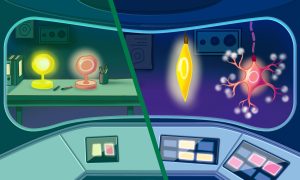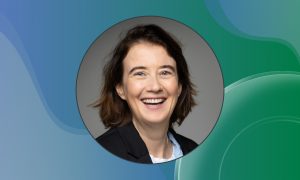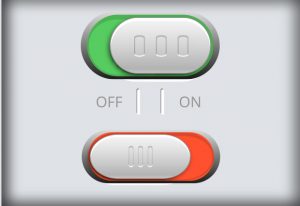13 December 2024

Science & Technology
Right from the early days of DNA sequencing, EMBL’s scientists have been instrumental in helping the world understand, decode, archive, and manipulate genomes at scale and across many branches of the evolutionary tree, a task they continue to excel at today.
11 March 2024

Science & Technology
New research from EMBL Heidelberg shows how cells in developing embryos undergo a major shift in the way they regulate gene expression as they mature and differentiate.
2024
sciencescience-technology
4 August 2022

Science & Technology
EMBL and UW researchers plus additional collaborators have constructed a complete map of fruit fly embryonic development using machine learning. This research is foundational to better understanding overall embryo development in other species, including humans.
2022
sciencescience-technology
10 May 2022

EMBL AnnouncementsLab Matters
EMBL’s Head of Genome Biology announced as Fellow of the Royal Society for her exceptional contributions to science.
2022
embl-announcementslab-matters
25 February 2022

Science & Technology
Researchers from the Furlong group at EMBL have come up with a way to observe the development of fruit-fly embryos simultaneously at the genetic and cellular levels, generating a high-resolution and integrated view of how different cell lineages form.
2022
sciencescience-technology
9 December 2021

EMBL AnnouncementsLab Matters
EMBL Senior Scientist and Head of the Genome Biology Unit is among the researchers honoured for outstanding work by the German Research Foundation (Deutsche Forschungsgemeinschaft, DFG).
2021
embl-announcementslab-matters
19 August 2020

Science & Technology
Discoveries at EMBL will help researchers to interpret one of the most common types of experiments in genomics and medical studies.
2020
sciencescience-technology
15 July 2019

Science & Technology
Does rearranging chromosomes affect their function? EMBL scientists reveal uncoupling of 3D chromatin organisation and gene expression.
2019
sciencescience-technology
14 March 2018

Science & Technology
EMBL scientists show how chromatin usage in individual cells reveals developmental trajectories
2018
sciencescience-technology
30 January 2018

Science & Technology
EMBL scientists show that some promoters can act as enhancers and vice versa
2018
sciencescience-technology
13 March 2017

Science & Technology
ERC grantee Eileen Furlong shares her vision for the next ten years
2017
sciencescience-technology
13 February 2017

Science & Technology
EMBL scientists discovered that common mutations can change the shape of gene promoters
2017
sciencescience-technology
12 January 2017

Science & Technology
New mechanism revealed
2017
sciencescience-technology
2 July 2014

Science & Technology
Surprising finding: enhancers find their targets long before activation in Drosophila embryos
2014
sciencescience-technology
2 February 2012

Science & Technology
If you wanted to draw your family tree, you could start by searching for people who share your surname. Cells, of course, don’t have surnames, but scientists at the European Molecular Biology Laboratory (EMBL) in Heidelberg, Germany, have found that genetic switches called enhancers, and the…
2012
sciencescience-technology
8 January 2012

Science & Technology
As an embryo develops, different genes are turned on in different cells, to form muscles, neurons and other bodily parts. Inside each cell’s nucleus, genetic sequences known as enhancers act like remote controls, switching genes on and off. Scientists at the European Molecular Biology Laboratory…
2012
sciencescience-technology
4 November 2009

Science & Technology
Embryonic development is like a well-organised building project, with the embryo’s DNA serving as the blueprint from which all construction details are derived. Cells carry out different functions according to a developmental plan, by expressing, i.e. turning on, different combinations of genes.…
2009
sciencescience-technology
No matching posts found




















